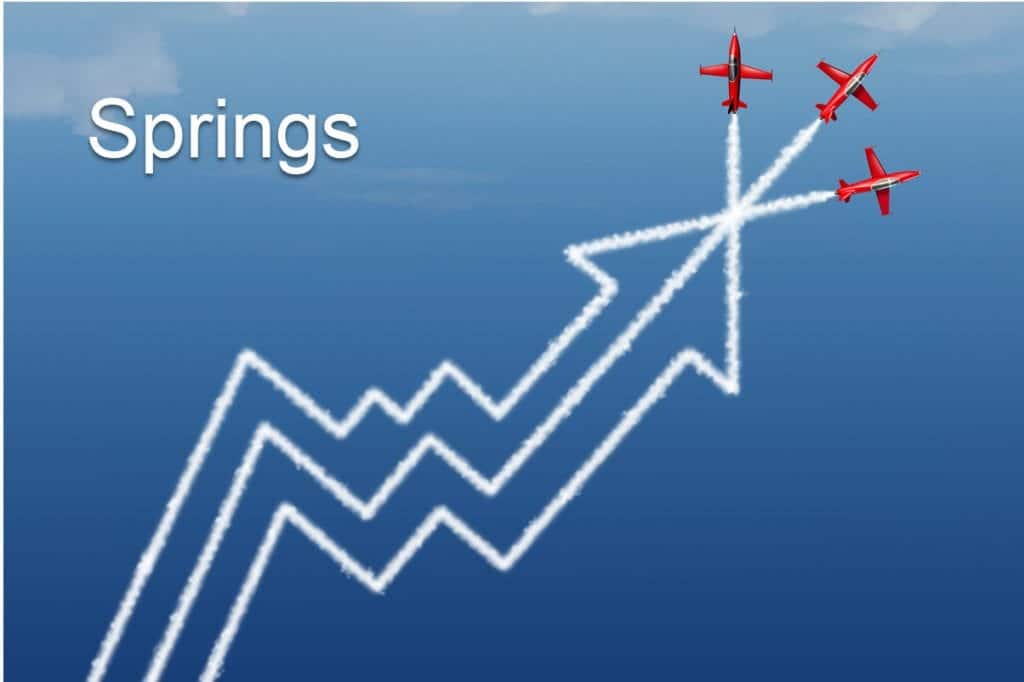
Pattern Recognition: Trading Springs
Pattern: Springs![]()
Trading Springs is one of the most profitable trades is in the opposite direction to a failed breakout off a sideways consolidation or accumulation area. The term Spring comes from a Wyckoff method and generally uses volume as a filter. We will define the Spring pattern without volume for our purposes here.
The move out of the consolidation area tends to be very sharp and short. This is a powerful tool with low risk. Ensure you combine this method with exposure stop rules (you can learn more about stops in Building a Profitable Trading Plan Using Technical Analysis)
The Setup
The first thing we need to see is a large sideways consolidation area. Watch for these at new highs after a retracement. I tend to draw a horizontal line across from the new high to alert me to possible consolidation under it.
The consolidation phase should be at least 10 days in length with no maximum period. Generally, the longer the consolidation the more powerful the resulting thrust.
Once the consolidation is underway, we look for the Spring pattern. More often than not it’s just 1 day’s price action. Although we are able to get into the trade at a later stage, the lowest risk and best results are seen on this setup day.
A Spring is simply a false breakout of the consolidation area where weaker hands expect a larger retracement or breakout. The market breaks out of the consolidation only to return in late trading or the next day. The best setup is when prices return toward the close of business and actually close back within the consolidation area.
In a consolidation area after an uptrend, the Spring would appear on the lower side of the range.
In a consolidation area after a downtrend, the Spring would appear on the upper side of the range. Wyckoff refers to these as an Upthrust.
The Entry
Once the Spring has reversed and closed back into the consolidation area, the setup is complete and we can look to place the entry order. Ideally the reversal would be a one-day affair, breaking out and closing back within the range.
A bullish Spring occurs due to a false breakout on the lower side of a consolidation area after an uptrend. The entry is when the market swings higher the next day from the Spring day. By placing a buy stop 1 cent above the Spring day, any swing higher will activate the entry.
A bearish Spring occurs due to false breakout on the upper side of a consolidation area after a downtrend. The entry is when the market swings lower the next day from the Spring day. Place a sell stop to enter short 1 cent below the Spring day and any swing lower will activate the short.
More information on Springs including where to place stops and how to manage the trades is available in Building a Profitable Trading Plan Using Technical Analysis course provided to members of The Chartist within the Education section.

In our next article we’ll discuss the Moving Average Breakout.

